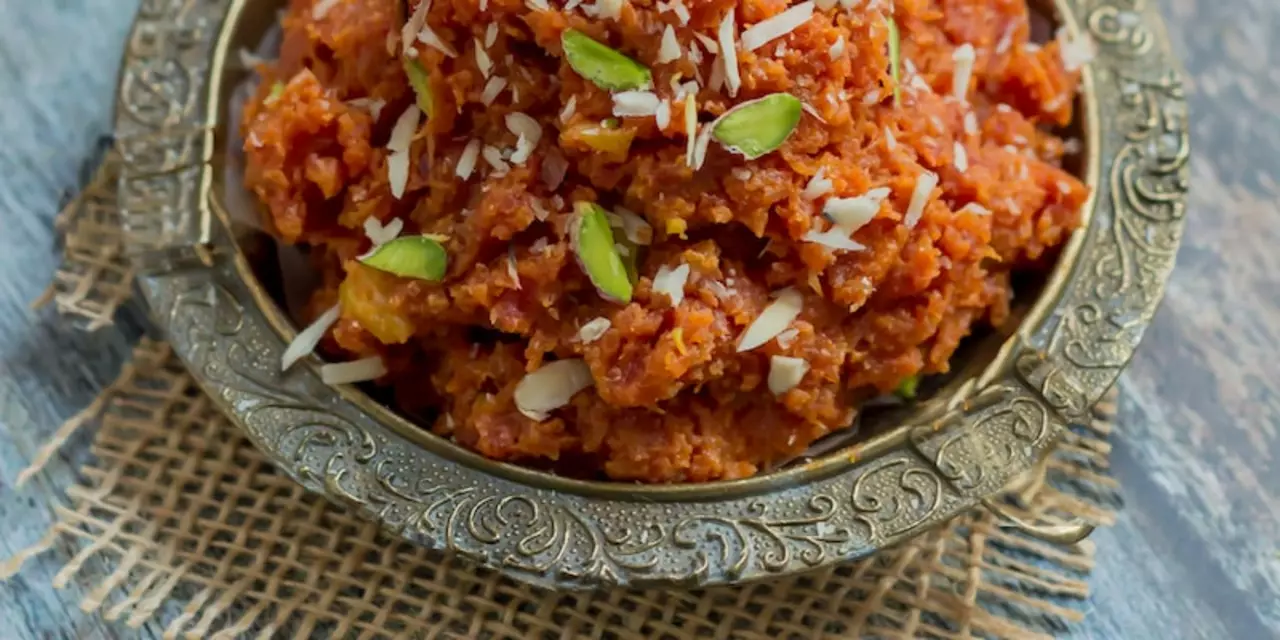Foreign Visitors Review Indian Food – International Cuisine Insights
Ever wondered what people from outside India think about the food here? Tourists, expats, and food‑bloggers all share a common surprise: the sheer variety of tastes, textures, and aromas that Indian cuisine offers. From the fiery heat of a street‑side curry to the delicate balance of a dal‑tadka, foreign palates often leave India with a fresh love for the spice‑rich dishes they tried.
What Travelers Say About Indian Flavors
Most visitors start with the classic dishes – butter chicken, biryani, masala dosa – and then they dive deeper. A photographer from Germany mentioned that the aroma of fresh cumin and coriander in a South Indian sambar felt like “walking through a garden of spices.” Meanwhile, a teacher from Brazil praised the vegetarian thali for its colorful plates and the way each bite offered something new, from sweet paneer to tangy pickles.
Spice levels often spark the biggest conversations. Some foreigners admit they were scared at first, but once they tried a milder version or asked for “less chilli,” they found the flavors opened up in ways they hadn’t expected. A travel writer from Canada confessed that the “burn” wasn’t the appealing part – it was the blend of sweet, sour, and umami that kept him coming back for more.
Why Indian Cuisine Wins Over Tourists
One major draw is the sheer range of vegetarian options. Many travelers from Europe and North America appreciate that India makes it easy to eat plant‑based without sacrificing taste. A vegan influencer from the UK highlighted a lunch of chole bhature and cucumber raita as proof that Indian food can be hearty and completely meat‑free.
Another factor is the storytelling behind each dish. When a cook explains that a biryani layer represents the harmony of cultures or that a sweet payasam celebrates festivals, visitors feel a personal connection. This cultural context turns a simple meal into an unforgettable experience.
Even the cooking techniques spark curiosity. Watching a chef toss a hot wok for a quick stir‑fry or slowly simmer a gravy in a clay pot feels like a live performance. A photographer from Japan noted that “the rhythm of the kitchen is as captivating as the colors on the plate.”
So, what can Indian restaurants do to keep foreign guests happy? Offering clear spice options, providing brief dish stories on the menu, and encouraging staff to suggest pairings work wonders. A small café in Delhi that added QR codes with short videos of how their paneer tikka is made saw a 30 % rise in positive reviews from overseas guests.
If you’re planning a trip or just curious about how Indians see their own food through foreign eyes, remember this: the magic isn’t just in the spices. It’s in the hospitality, the variety, and the willingness of cooks to share a piece of their culture on a plate. Next time you sit down to a curry, think about the world of opinions that have already tasted it and loved it.
